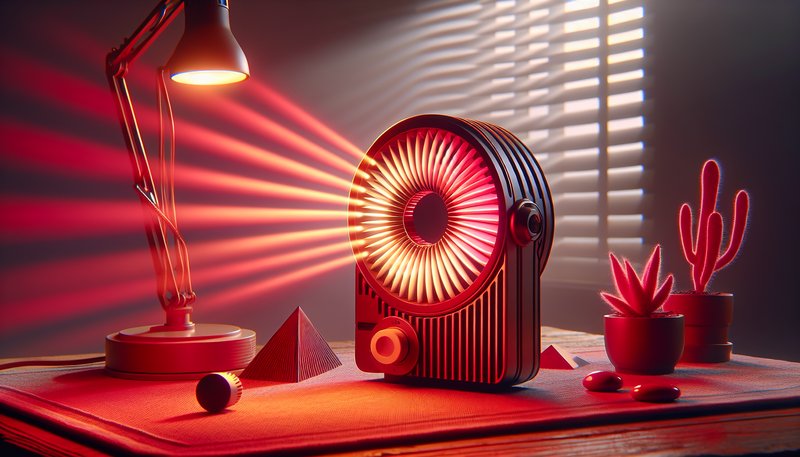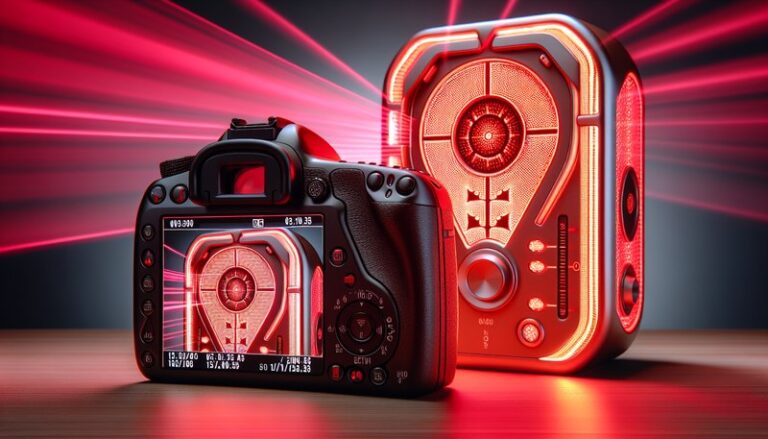Does Red Light Therapy Hurt Your Eyes?
Have you ever wondered if the growing popularity of red light therapy poses any risks to your eyes? This article delves into the safety and efficacy of red light therapy, particularly concerning its impact on ocular health. We will explore what red light therapy is, its benefits, potential risks, and considerations before using it.
Key Takeaways
- Red light therapy uses specific wavelengths of light to promote healing and reduce inflammation, but it is essential to consider eye safety.
- Most studies indicate that red and near-infrared light does not harm the eyes, but precautions should be taken.
- Eye protection during treatments can help mitigate any potential risks associated with light exposure.
What is Red Light Therapy?
Red light therapy (RLT) is a non-invasive treatment that employs low-level wavelengths of red light to stimulate cellular function. This technology has gained attention for its therapeutic benefits, particularly in the fields of skincare, pain relief, and wound healing. RLT utilizes specific light wavelengths, generally in the range of 600 to 650 nanometers, which are believed to penetrate the skin and energize cells by facilitating ATP (adenosine triphosphate) production.
Furthermore, RLT is often used in conjunction with other therapies, making it a versatile option for various health and wellness protocols. As research continues to expand, more applications of this therapy are being discovered.
What are the Benefits of Red Light Therapy?
Exploring the benefits of red light therapy reveals its diverse therapeutic properties.
Improved Skin Health
Red light therapy can enhance collagen production, reduce fine lines, and improve overall skin texture. Many dermatologists recommend RLT for its proven efficacy in treating skin conditions such as acne and rosacea.
Pain Relief
RLT has been shown to alleviate pain associated with conditions like arthritis and muscle injuries. By promoting healing and reducing inflammation, many users report significant relief from chronic pain.
Enhanced Muscle Recovery
Athletes often turn to red light therapy to accelerate muscle recovery post-exercise. Studies suggest that it may reduce muscle soreness and speed up the healing process for sports-related injuries.
Potential Mood Improvement
Emerging research indicates that red light therapy may improve mood and cognitive function by potentially influencing neurological health. However, more studies are needed to fully understand this benefit.
Is it Possible to Perform Red Light Therapy Safely?
The question of whether red light therapy is safe for the eyes is valid, especially since it involves exposure to light at specific wavelengths. While many studies suggest that RLT does not cause harm to the eyes, sensibly taking precautions is essential.
What are the Advantages of Eye Protection?
Using protective eyewear during treatments is a proactive approach to minimizing risks associated with light exposure.
What are the Disadvantages of Eye Protection?
Some users may find that wearing eye protection can reduce their ability to focus on the treatment area, which could impact the overall experience.
What are the Things to Consider Before Starting Red Light Therapy?
Before engaging in red light therapy, it’s crucial to keep several considerations in mind.
Consult a Healthcare Professional
If you have existing eye conditions or concerns about light therapy, seeking consultation from an eye care expert is advisable. They can help assess your specific situation and provide personalized recommendations.
Choose the Right Device
Select a reputable device known for safety and efficacy. Some machines can emit wavelengths that are harmful to the eyes, so research is essential.
Follow Instructions Carefully
Always adhere to the manufacturer’s safety guidelines regarding exposure times and distances. Misuse of the technology can lead to unintended side effects.
What are the Alternatives to Red Light Therapy?
For those hesitant about red light therapy, several alternatives might suit your health and wellness goals.
Infrared Therapy
Infrared therapy, similar to RLT, uses longer wavelengths to penetrate tissues but generally operates in the infrared spectrum. It often helps with pain relief and muscle recovery.
Cold Laser Therapy
Cold laser therapy involves the use of low-level laser light to stimulate healing and relieve pain. It is often employed in physical therapy settings and can be particularly effective for musculoskeletal conditions.
Get the full picture in Is Red Light Therapy Harmful to Eyes?
Cryotherapy
Cryotherapy utilizes cold temperatures to reduce inflammation, decrease pain, and promote overall recovery. This treatment is popular among athletes but may not suit everyone.
Conclusion: Is it Recommended to Use Red Light Therapy?
Considering the evidence, red light therapy can be a safe and effective option for various health benefits, including skin improvement and pain relief. However, it is crucial to take necessary precautions, especially concerning eye safety. Consulting a healthcare professional before starting therapy is advisable to ensure it aligns with your health needs.
Frequently Asked Questions
Is red light therapy safe for everyone?
Generally, red light therapy is safe for most individuals. However, those with specific skin conditions or eye disorders should consult with a healthcare professional before using it.
Can red light therapy cause eye damage?
Most research indicates that red and near-infrared light does not harm the eyes, but protective eyewear is recommended during treatments to mitigate any potential risks.
How often should I use red light therapy?
Usage frequency varies based on individual goals and the device used. Following the manufacturer’s guidelines and consulting with a healthcare provider can help determine the right regimen.
See why in Joovv Red Light Therapy
Are there any side effects of red light therapy?
Red light therapy is generally well-tolerated, with minimal side effects. Some users may experience temporary redness or irritation at the treatment site, which usually resolves quickly.
What should I look for when choosing a red light therapy device?
When selecting a device, prioritize safety features, regulatory approvals, and user reviews. Ensure that it emits appropriate wavelengths for your intended use.





